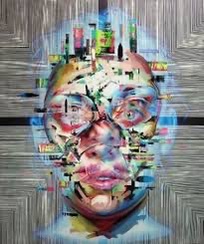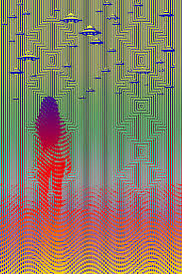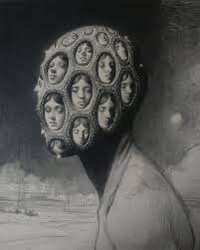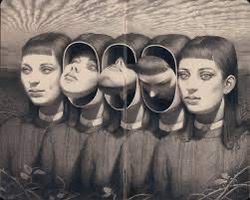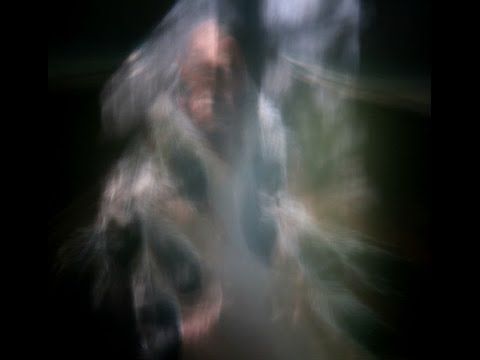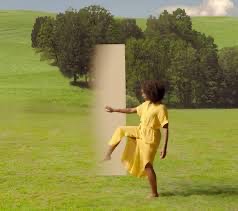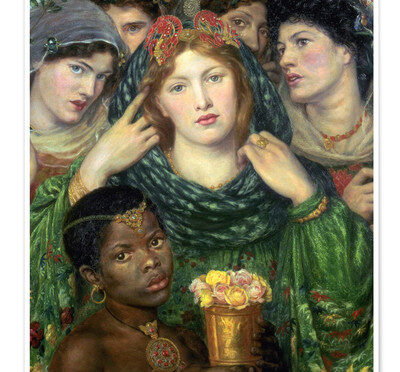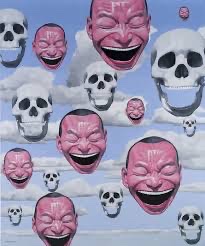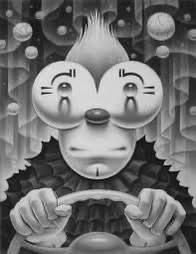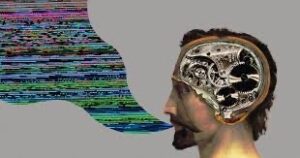We do have different beings assisting with our Soul. Some have been Guides and friends in other incarnations on Earth. Some of these Energy Bodies have been watching over us and others in our Soul Family since the beginning of time as we understand it.

Broadly speaking, each of us has a constellation of these Energy Bodies, and we are each potentially able to achieve contact with some or all of them, depending on our level of Soul Evolution or spiritual growth. These entities are awaiting our call.

Mankind/Womankind are at the stage of development that it is necessary to make these connections with the Higher Self. This must take place on a grand scale before the Fourth-Dimensional shift can occur.

Now, let me go further with this explanation by discussing the concept of Soul Family. Each of us lives within what we might call our “core” family. This would be the family or families that raised us. These are the people who we call our family members.

Now among this group of humans that we may or may not be related to genetically, are members of our Soul Family these would be the Souls that have incarnated with us into our current timeframe to learn their lessons with us. These members of our Soul Family may well have participated in NUMEROUS permutations of family groupings with us throughout the millennia.

Some of these family groupings may be or have been in other solar systems, on other planets and so on. For the most part, however, our Soul Family has developed in the Earthly realms. Again, members of Soul Families reincarnate together in different roles, of different sexes, of different temperaments and so on, to experience different Lessons for the Entity – the overall collective of Souls in which Soul Family resides – and of course, for the greater experiencing of All That Is.

I must mention, that our Soul Family may include others that we may not acknowledge as “family” members. These participants might include, for example: the cashier at the local market that you may be very attracted to or perhaps find abhorrent, as well as others within your community that you hold strong emotions for.

However, the Soul Family may be thought of as that small group of active participants in our reincarnational activities in our current timeframe. This primary group is the one in which we learn our lessons while other members of the group also learn their Lessons.

Now if we are clever and if we learn to use our Inner Senses, we may find the connections between our current Soul Family, and the Lessons learned and to be learned, as well as perhaps the most “Immediate” or “Recent” past lives. For those of us interested in such things, I suggest we conduct your experiments with this information in mind. The connections will then “come to mind” as we put together your findings
